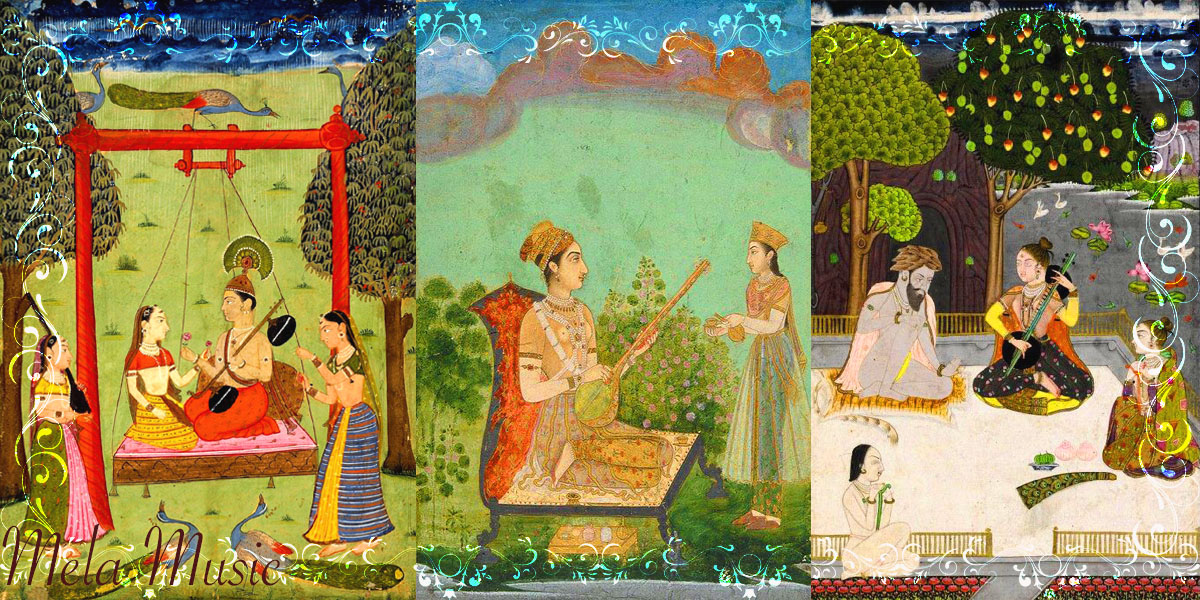
To comprehend the tabla, it is essential to grasp the distinctive Indian tala system from which it originated. In the Indian music framework, talas, or rhythmic cycles, form the foundation. They serve as the life force of the music, permeating every aspect, be it a song, a classical composition, or any other form of music. The pulse and beat of a composition are inherently connected to the rhythmic cycle it follows.
Presently, there exist numerous established rhythmic cycles, each with its unique structure and characteristics. Additionally, there are countless other cycles that have been invented but are not widely utilized. The vast array of talas provides a rich tapestry of rhythmic possibilities, allowing for diverse expressions and rhythmic explorations in Indian music.
Characteristics of talas:
- Tala is the collection of specific numbers of matras (beats) which are indicators of time.
- Tala is confined to a specific rhythm.
- Matra or beats of a tala may have different laya (tempo).
- The partition of a tala may consist of equal or unequal matras.
- The parts of a tala are not of equal weight – the unstressed beats are known as khali, and the stressed beats are known as tali.
- Matras may consist of one or more than one syllable, such as Ka, Ta, Tag, Treket, etc.
- Different parts of a tala are known as pada.
- The number of pada may be equal or unequal. Accordingly, they are known as samapadi, bisamapadi, asamapadi, etc.
Popular talas include:
[1] Teental (16 beats)
[2] Rupak (7 beats)
[3] Jhaptal (10 beats)
[4] Keherwa (8 beats)
[5] Dadra (6 beats)
[6] Matta (9 beats)
[7] Chartal-Ki-Sawari (11 beats)
[8] Ektal (12 beats)
[9] Vilambit Ektal (48 beats)
[10] Jhumra (14 beats)
Content Provided By: Sangeetpedia
